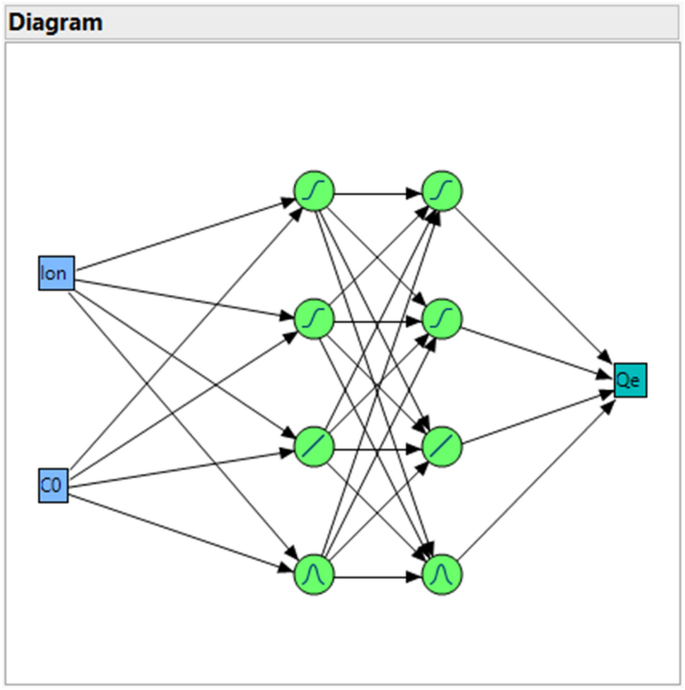

In contrast, the NASA-TLX score persistently decreased without plateauing (task 1: p = 0.0005, task 2: p = 0.0028). In both tasks 1 and 2, the OSATS score improved over the 6 sessions with evidence of plateauing (MANOVA model, task 1: p < 0.0001, task 2: p < 0.0001). Seventeen students completed a minimum of 6 training sessions (male: female = 10: 7, median age of 22) over a median of 21 days (range, 10–32). The mental workload was subjectively evaluated by the National Aeronautics and Space Administration Task Load Index (NASA-TLX) questionnaire after each training session. Technical skills were assessed by one author (an experienced urologist) onsite using an Objective Structured Assessment of Technical Skills (OSATS) score at each training session. Training was performed in a mock operating theater. After a didactic and video-based lecture, they underwent simulation training involving a renal stone case, including a rigid cystoscope component (task 1, performing a WHO checklist, assembling a scope, and insertion of a guide-wire and an access sheath after examining the bladder) and a flexible ureterorenoscope component (task 2, retrieving a stone located in the upper calyx using a basket after inspecting the upper, middle, and lower calyx). Medical students voluntarily participated in the present simulation study. This study was aimed to investigate the effect of repeated simulation training in ureterorenoscopy in a high-fidelity setting on the performance and mental workload of novice operators. Difficult surgical procedures may result in a higher mental workload, leading to increased fatigue and subsequent errors.


 0 kommentar(er)
0 kommentar(er)
